*글 하단의 '한국어 텍스트 다운로드'를 클릭하면 원문을 확인할 수 있습니다.
To SangBong is a Korean artist of the Western realist tradition. Having given himself over entirely to the beauty of white porcelain, he left behind many elegant still life works. The loving gaze with which he looked upon his subjects fills every frame.
Still Life is a work that showcases many of the notable traits characterizing To SangBong’s (도상봉, 1902-1977) practice. Painted with oil on canvas, the work measures 72.7cm in height and 90.9cm in width. While compared to the larger scale works we have grown accustomed to seeing in today’s art museums and galleries this may seem rather small, the piece is on the larger end of the spectrum for his works. What immediately captures the viewer’s gaze is the round white porcelain vessel on the right side of the frame. Behind this large white porcelain vessel is a smaller piece filled with flowers sitting atop a wooden container and to the left a western-style pitcher holds a bouquet of colorful blossoms. The triangular composition formed by these three subjects, combined with the horizontal and vertical lines of the floor and backdrop, exudes a sense of calm and stability. Juxtapositions such as the round shape of the white porcelain with the square shape of the wooden container and the vertically long pitcher and the horizontally spread white porcelain come together in lilting rhythm. The work graced the cover of Gallery Hyundai’s tenth anniversary retrospective catalogue in 1987.
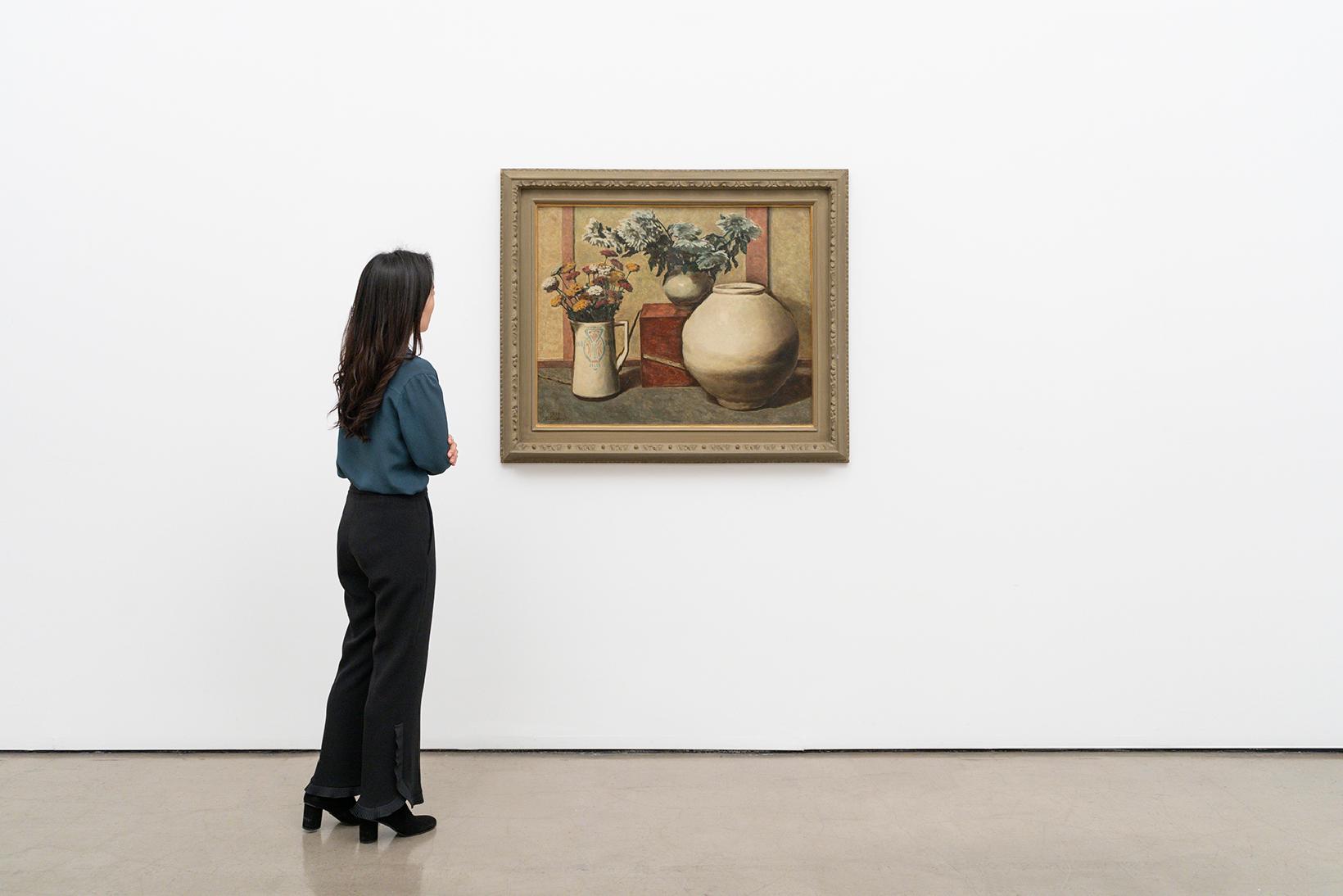
To SangBong is one of Korea’s representative realist painters in the western style. His legacy secured in the lovely still lifes and landscapes that capture the subjects with tranquil tones and soft strokes as if the objects were always bathed in the warm afternoon sun. The resulting air of serenity seemingly circulating within each frame imparts a sense of calm onto the viewer. Eschewing dramatic subject matter or innovative methods, To strove rather to harness the established, even academic, techniques of realism to better instill his works with a unique Korean warmth and beauty.
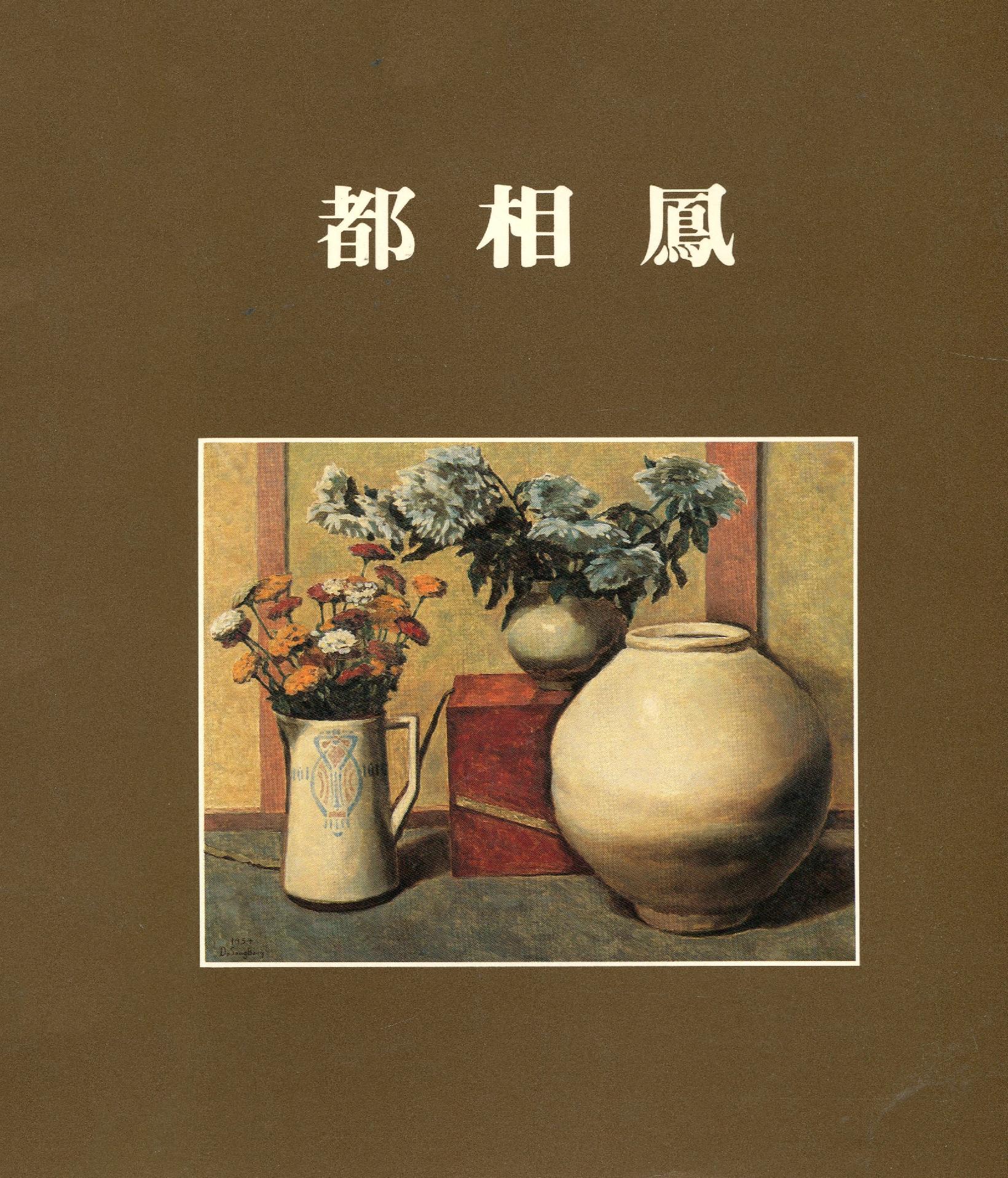
As in Still Life, many of To’s works include depictions of white porcelain often overflowing with flowers such as chrysanthemums, cosmos, peonies, roses, apricot blossoms, forsythias, zinnias, lilacs, or arrayed with a variety of fruits always resulting in an elegant overall composition. Of course, there are also pieces depicting only the white porcelain itself as the subject. Like Kim Whanki, To SangBong was widely known in the Korean art realm as a white porcelain enthusiast so much so that he chose “Docheon” (陶泉) as his artist moniker that translates into “fount of ceramics.” Examples of white porcelain often appear together with other antiques or pieces of wooden furniture for yet another way the artist symbolizes the Korean identity he sought to capture. While there were many artists who collected antiques or ceramics, it was not nearly so common for these tastes to emerge as the main subject matter of an artist’s work. In the catalog for the Gallery Hyundai (then known as Hyundai Hwarang) 1972 exhibition of To’s oil paintings, the art critic Oh Kwangsu identified the “loving gaze” shed on his objects to be at the very core of the artist’s practice.
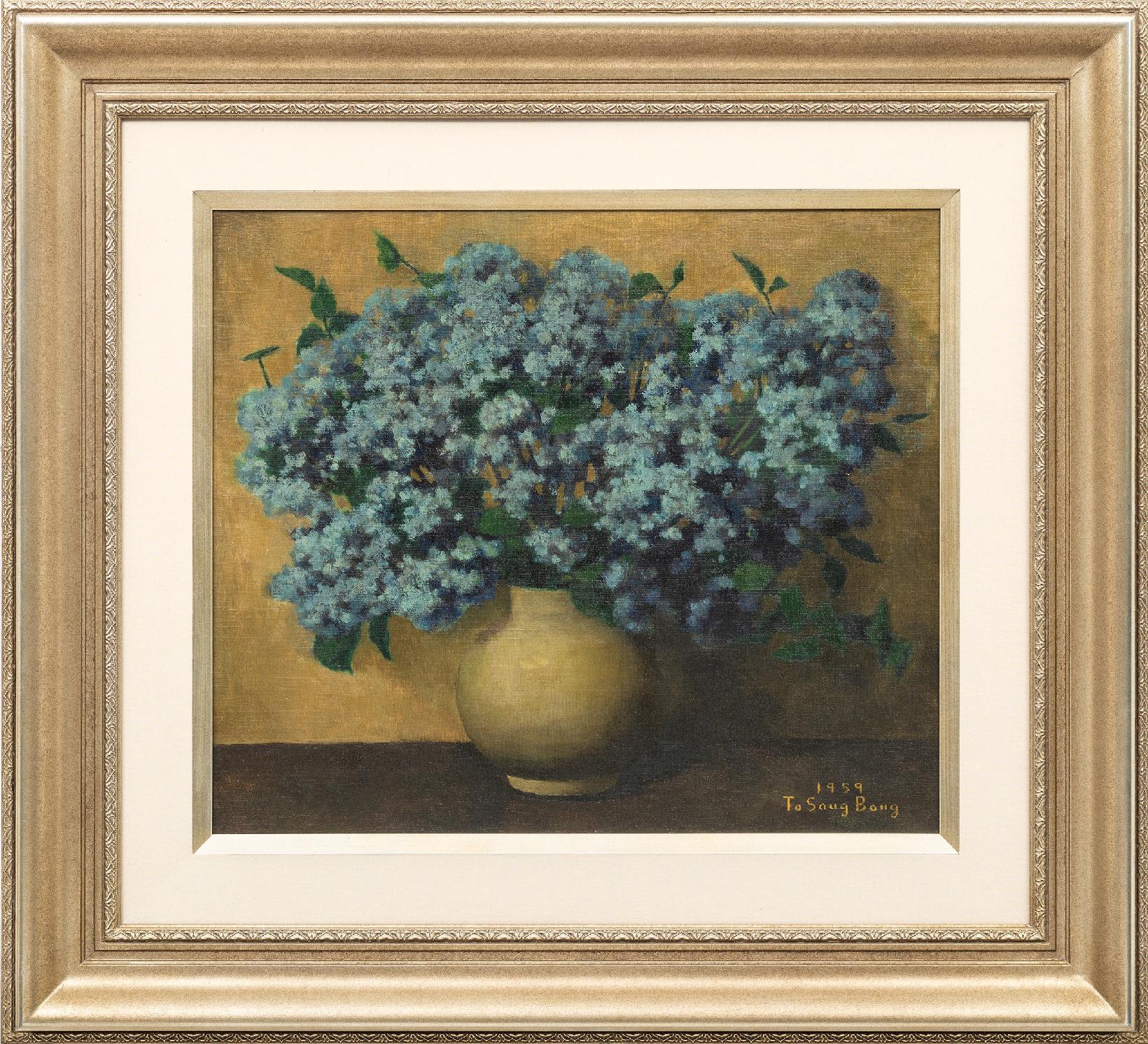
1959,
Oil on canvas,
45.5 × 53 cm
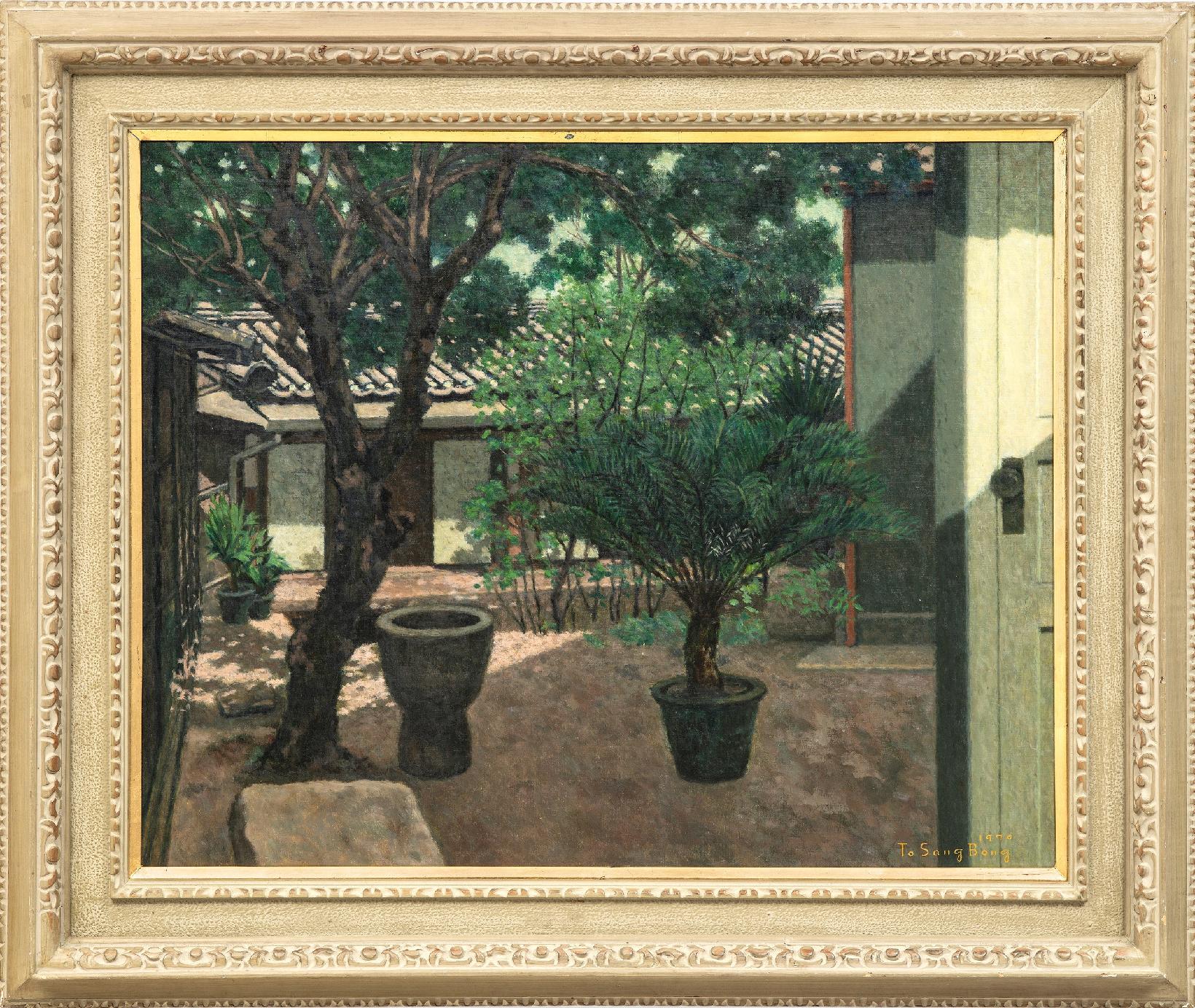
1970,
Oil on canvas
72.7 × 90.9 cm
“Turning then, to one of his most constant themes 一 consider the object, be it a flower, like a spring of baby’s breath, or lilac, or a lily—or, indeed, white porcelain, or an earthen bowl, or a pipe, or a matchbook. If the object could not claim the care of he who handled it, would it still be able to produce such a rich flow of feeling? In the end, it occurs to me, perhaps the life of the painting depends not on the question of what is being painted, or how, but rather this question of how much care is in the gaze of the artist as he looks upon the object. The notion that a loving gaze is enough to turn even the humblest, most common of daily objects into a source of pleasure for any and all — this is what To’s works are telling us…...” 1)
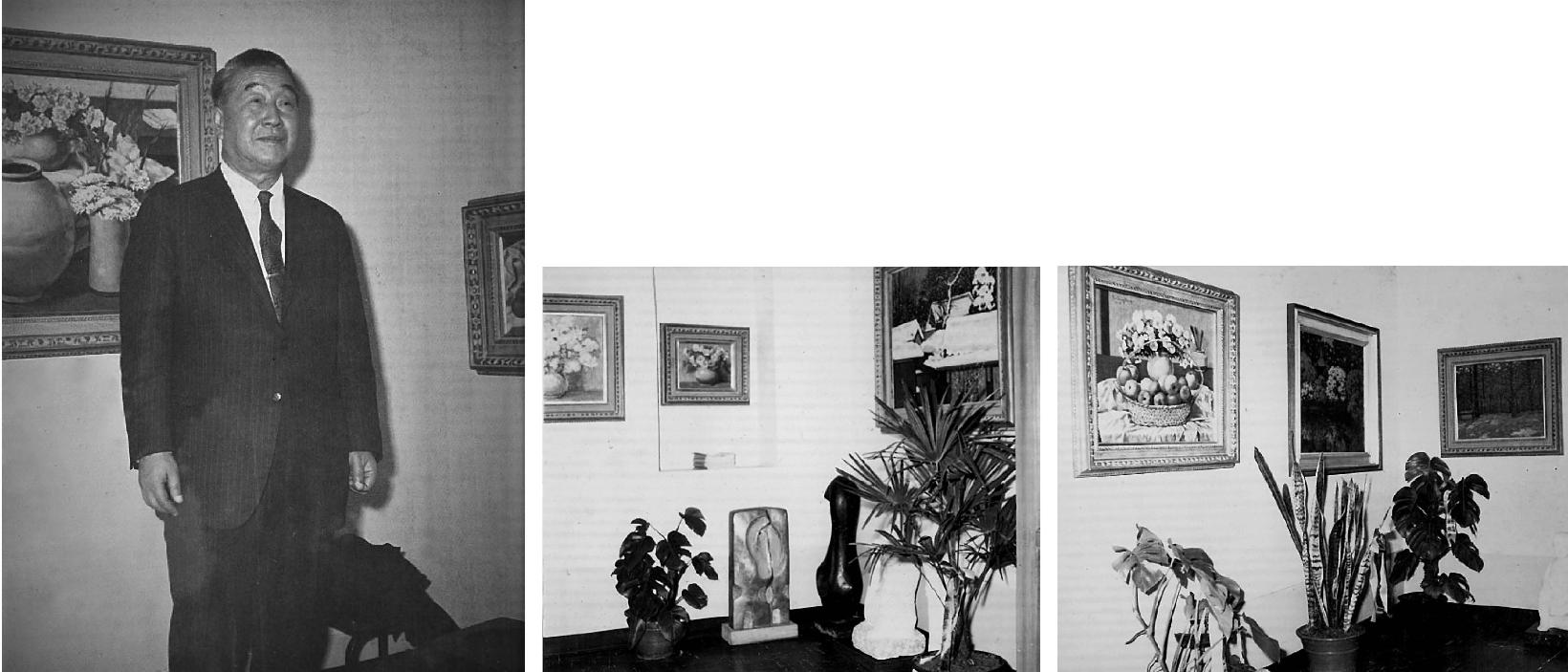
To studied western style painting under artist Ko Huidong in 1920 before moving to Japan in 1921 to study law at Meiji University. Soon transferring back to the study of art, the artist graduated in 1927 from Japan’s Tokyo University of the Arts with a degree in Western painting. Upon his return, To accepted teaching positions at Kyunggi Girls’ High School and Sookmyung Women’s University while continuing to be an active working artist. In Post-liberation Korean, he became an progressive arts administrator, playing a number of key roles in furthering the development of the Korean art world, including helping to establish the National Art Exhibition and serving as jury member as well as being chairman of the Korean Art Association.
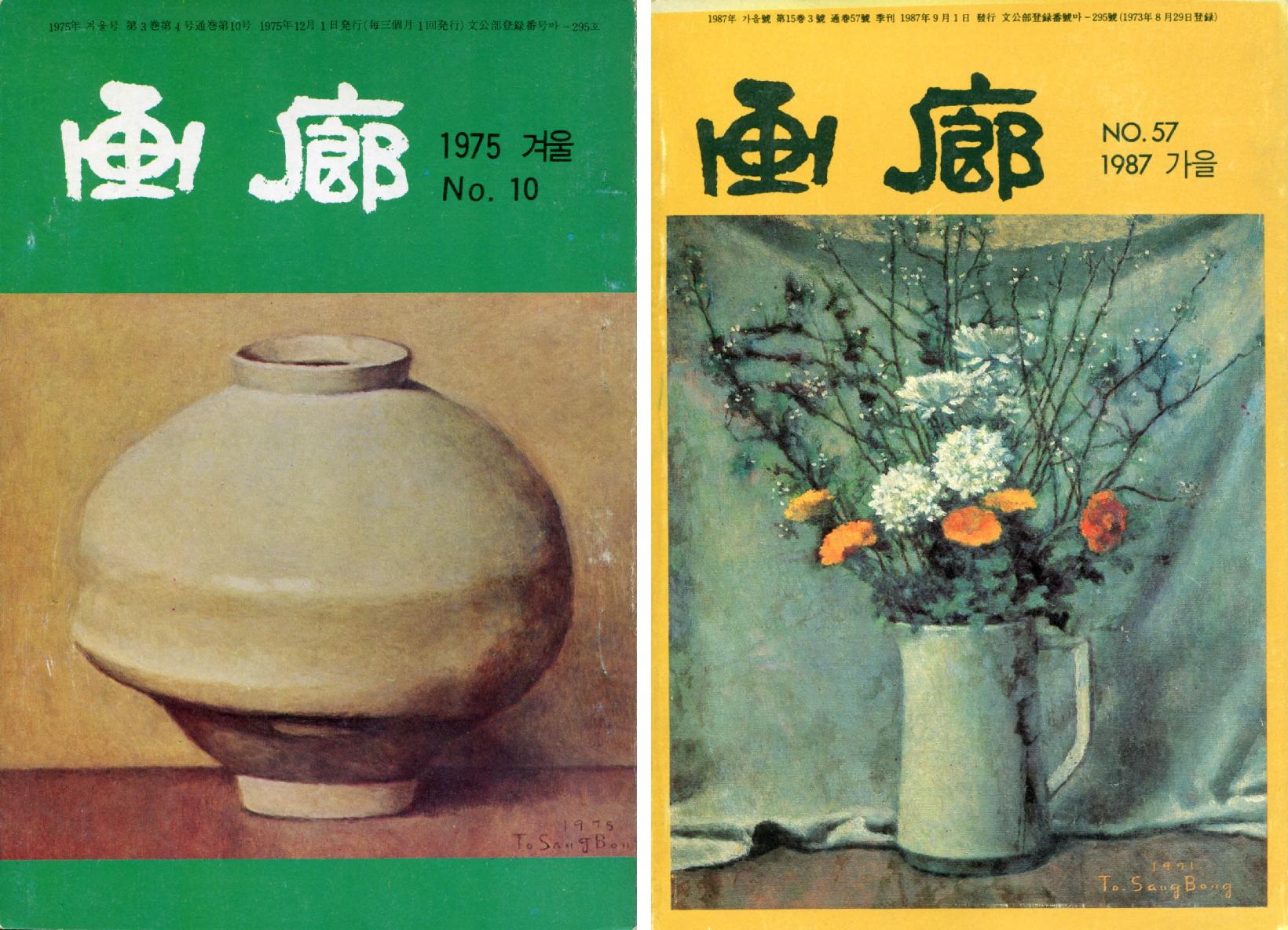
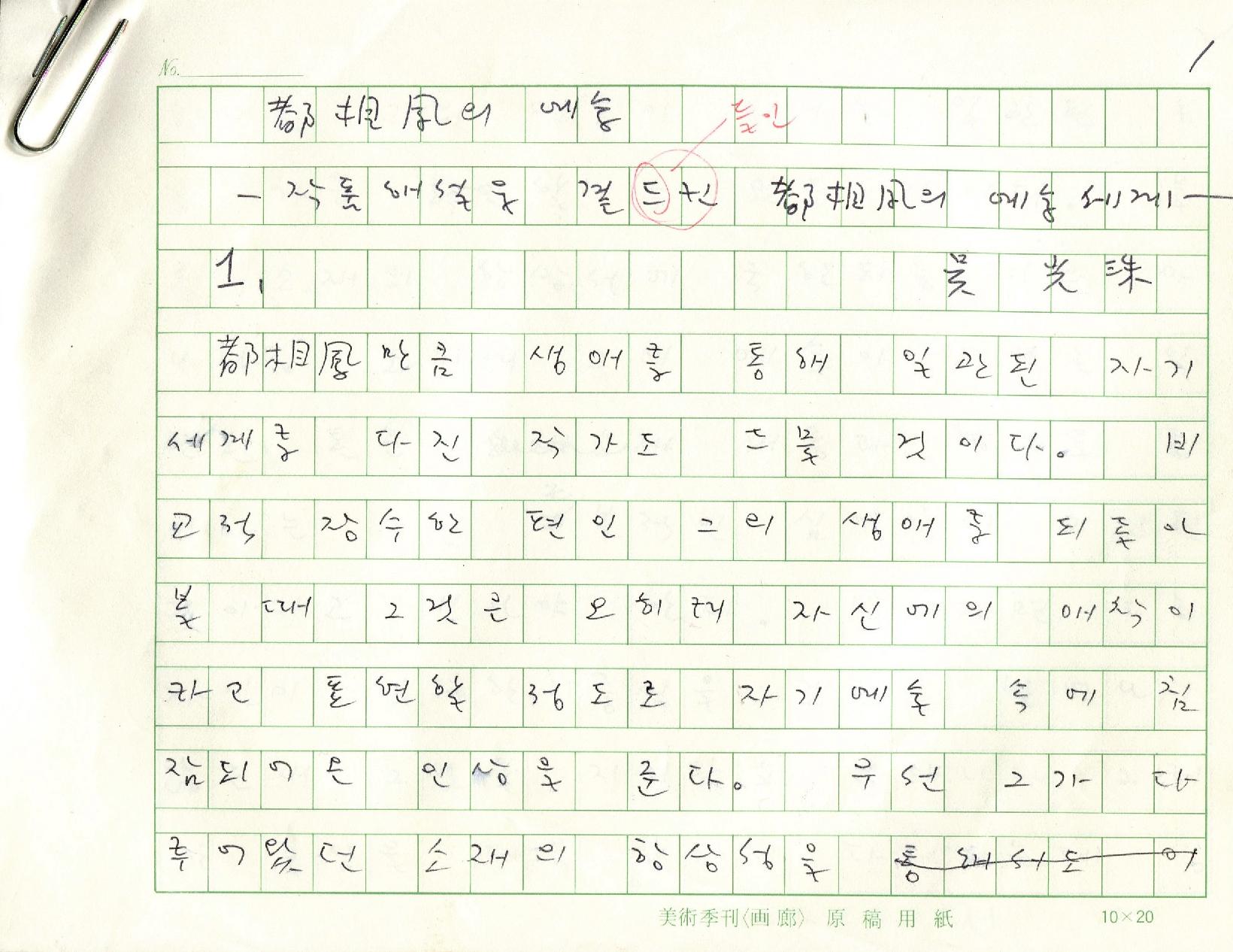
“To SangBong stands apart in Korean modern art history as he, more than any other artist, worked thoroughly to establish and develop uniquely Korean academism and classicism, though previously established elsewhere, in a great and invaluable manner. Academism, in turn settled classicism as the main ideology for art education. He viewed classicism and academism as the root and legitimacy of Western art, and through the development of those schools of thought, wanted to strengthen the fundamentals of Korean modern art and purify the morality and emotion of modern society. In particular, he made the effort to establish classicism and academism in a Korean style to help in the development of Korean art, which was newly born upon Korea’s independence from Japan. His effort had a major effect on Korean artistic society before, after and throughout the 1950’s, with the National Exhibition of Arts (regarded as the womb of national culture) at the center of this development.” 2)
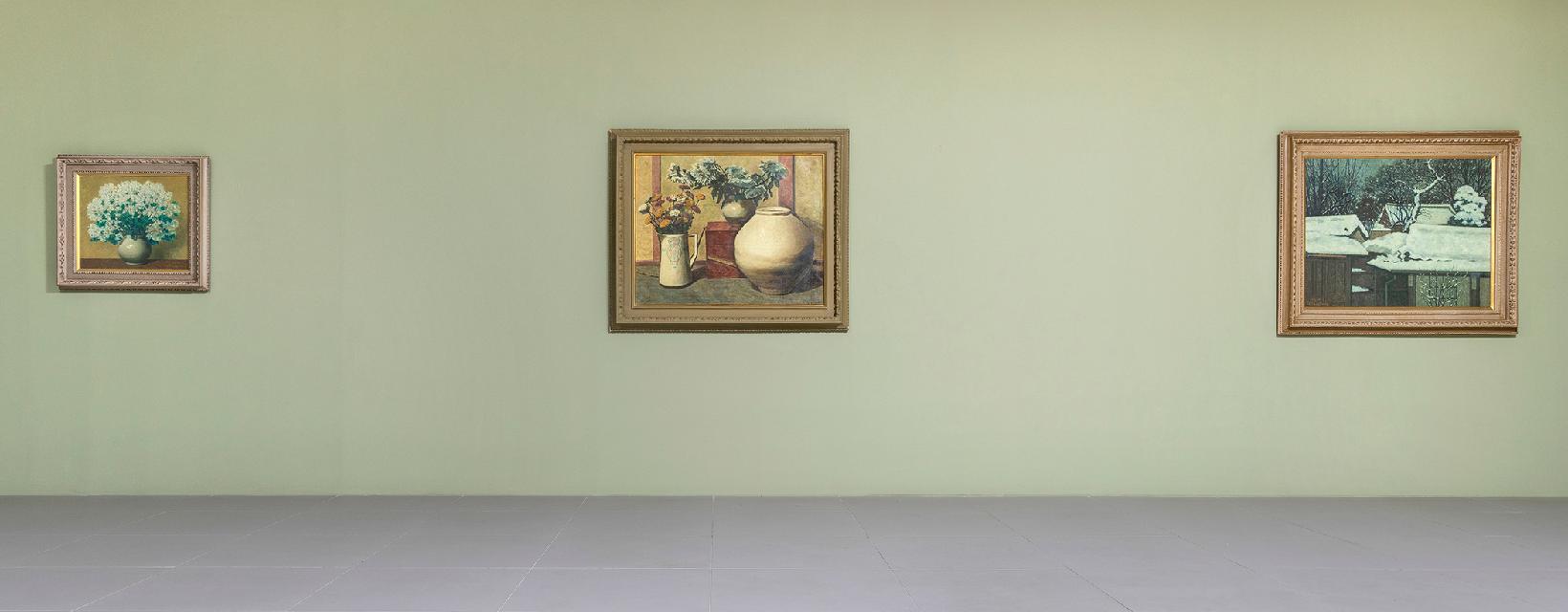
The Gallery’s relationship with the artist began in 1970 with the solo show Oil painting by To SangBong. By the time of the artist’s passing just seven years later in 1977, the Gallery had introduced To’s works over the course of several solo exhibitions. Since his death, the gallery has continued to regularly revisit his body of work to shed new light on his practice via exhibitions such as the Tenth Anniversary Retrospective Exhibition in 1987, solo retrospectives held in in 2007 and 2015 and 현대 HYUNDAI 50, Gallery Hyundai’s 50th Anniversary Exhibition that includes the works Landscape of Snow (a landscape from 1969) and Lilacs (a still life from 1972) in addition to Still Life. Lilacs will be exhibited for the first time to the public since its initial acquisition from To’s 1973 solo exhibition at Gallery Hyundai. The work has been in the owner’s private collection since that time.
Aeri Song is an artist and exhibition manager at Gallery Hyundai.
1) Oh Kwangsu, ”The Artist and His Work” in Oil Painting by To SangBong, (Seoul: Hyundai Hwarang, 1972), 1
2) Hong Sunpyo. “The Features and Character of To Sang Bong and His Works” in TO SANGBONG (Seoul: the National Museum of Contemporary Art, 2002), 147